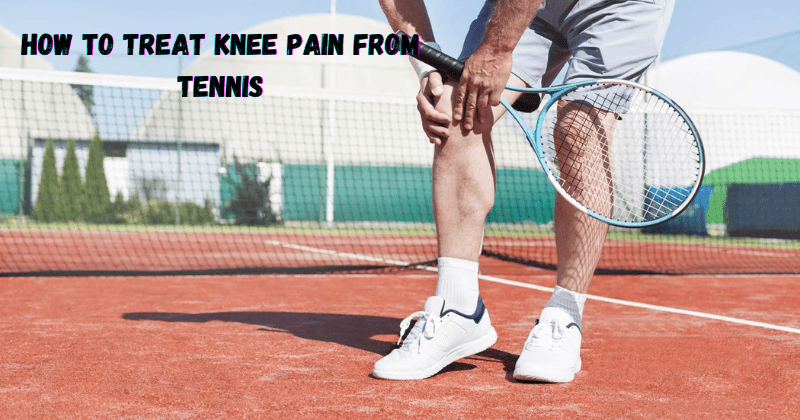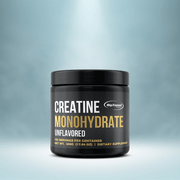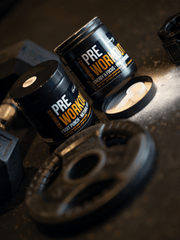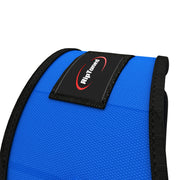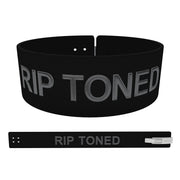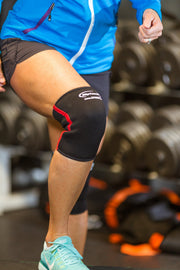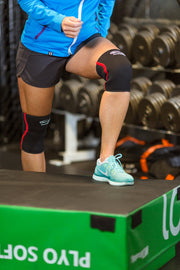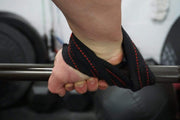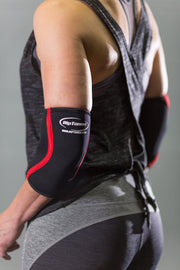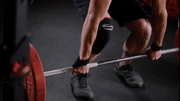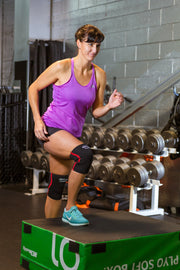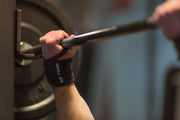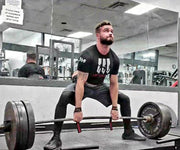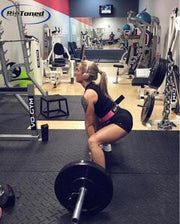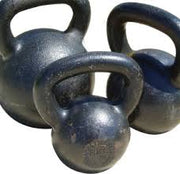Are you an avid tennis player that's been feeling some pain in your knee? You're not alone; so many passionate athletes experience this issue. The good news is there are steps you can take to identify the source of the problem and manage it properly for sustained relief.
In this blog post, we'll help you get the tennis game back on track with tips on how to treat knee pain from tennis – so keep reading if you want to stay in top condition and enjoy the game!
Understand the cause of knee pain and how it relates to tennis
Knee pain is a common injury for tennis players due to the repetitive nature of the sport. The knee joint undergoes a lot of stress and strain during play, which can lead to various injuries and conditions, such as patellar tendinopathy tendinitis, meniscus tears, and ACL strains.
One of the most common causes of knee pain in tennis is overuse. As tennis involves a lot of sudden stops, starts, and changes in direction, the muscles and tendons around the knee joint can become overworked and strained. This overuse injury is especially true for players who need to warm up properly before playing or have poor technique.
Another factor that contributes to knee pain in tennis is improper footwear. Tennis requires a lot of side-to-side movements, so wearing shoes with inadequate support or traction can increase the risk of injury. Similarly, playing on hard surfaces like concrete or asphalt can also put more strain on the knee joint.
It's important to note that underlying conditions such as osteoarthritis or previous injuries can cause knee pain in tennis players. So, taking extra precautions and seeking professional advice before playing is crucial if you have a history of knee issues.
Immediate steps to take when experiencing knee pain
If you start to feel knee pain during or after a tennis match, it's important to stop playing immediately and assess the situation. Continuing to play through the pain can lead to more severe injuries and prolong your recovery time.
The first step is to rest and ice the affected area to reduce inflammation and swelling. You can also elevate your knee above heart level to help with blood flow and healing. Additionally, taking over-the-counter pain medication such as ibuprofen can provide temporary relief.
After resting for a day or two, stretching and strengthening the muscles around your knee joint is essential. This will help improve flexibility and stability, reducing the risk of future injuries. You can also try using a knee brace or kinesiology tape for added support and protection during play.
How To Treat Knee Pain From Tennis for Long-term Relief
While the immediate steps can provide temporary relief, addressing the root cause of your knee pain is crucial for long-term relief. Firstly, make sure you are using proper footwear and playing on appropriate surfaces. Consider consulting a coach or trainer to assess your technique and suggest modifications if necessary when dealing with knee pain.
Additionally, incorporating exercises that target the muscles used in tennis, such as lunges and squats, can help improve overall strength and stability in your knee joint. It's also crucial to listen to your body and take breaks to prevent overuse injuries.
In some cases, physical therapy or chiropractic treatment may be necessary for more severe or chronic pain. These professionals can provide personalized treatment plans and help patients address underlying issues to prevent future injuries.
Additionally, warm up properly before playing and cool down after each session. This will help prepare your muscles and joints for the physical demands of tennis and prevent injury.
Learn stretches and exercises that can help reduce the pain
Stretching and strengthening exercises can play a crucial role in managing knee pain from tennis. Some recommended stretches include quad, hamstring, body weight, thigh, and calf stretches. These help improve flexibility and range of motion in the muscles surrounding the knee joint.
As for strengthening exercises, there are various options, such as leg presses, squats, and lunges. These exercises target the quadriceps, hamstrings, and glute muscles, which are essential for stability and power in many sports and tennis.
Incorporating balance and coordination exercises into your routine is important to help prevent falls and injuries. Examples include one-leg balance exercises, jumping, or using a balance board during training.
Always remember to listen to your body and stop any exercise that causes pain or discomfort. It's also recommended to consult with a professional, such as a physical therapist, for personalized exercises that address your specific needs.
Invest in quality tennis shoes with enough support for your feet
As mentioned earlier, proper footwear is crucial for preventing knee pain in tennis. When choosing tennis shoes, look for ones with good arch support and shock-absorbing soles. These features help reduce the impact on your knees while playing.
Additionally, make sure the shoes have enough room for your legs and feet to move and breathe comfortably. Tight-fitting shoes can increase load and friction and put more strain on your joints.
Replacing your tennis shoes regularly is also recommended, as the support and cushioning can wear out over time. This is especially important if you play frequently or on hard surfaces.
Investing in quality tennis shoes may seem like an extra expense, but it's worth it for the long-term health of your knees. It can also prevent other foot and ankle injuries, ultimately improving your overall performance on the tennis court.
Pros and cons of using a knee brace or kinesiology tape for knee pain in tennis
Athletes commonly use knee braces and kinesiology tape to support and protect the knee joint. While they can be helpful, there are also some drawbacks to consider.
Pros:
- It provides added support and stability during play, reducing the risk of injury.
- It can help alleviate pain and discomfort during activity.
- Easy to use and can be worn during training and matches.
Cons:
- It may restrict movement and flexibility, affecting performance on the court.
- It may cause skin irritation or discomfort if worn for long periods.
- It is unsuitable for all types of knee injuries, so it's important to consult a professional before using it.
Ultimately, the decision to use a knee brace or kinesiology tape should be made based on your individual needs and preferences. Consulting with a healthcare professional can help determine if it's the right choice for you.
Tips for preventing knee pain in tennis
While knee pain can be a common issue for tennis players, there are steps you can take to prevent it from occurring in the first place. These include:
- Proper warm-up and cool-down before and after playing.
- Maintaining good overall physical fitness through regular exercise and strength training.
- Use proper footwear and play on suitable surfaces.
- Listen to your body and take breaks when needed to prevent overuse injuries.
- Incorporating stretches and exercises that target the muscles used in tennis.
- Consult with a coach or trainer to assess the technique and make modifications if necessary.
- Investing in quality tennis shoes with good support and cushioning.
Remember, prevention is always better than treatment. By taking these steps and caring for your knees, you can enjoy the sport of tennis without being sidelined by pain or injury.
FAQs
Do I need to see a doctor for my knee pain?
It's always best to consult a healthcare professional if the pain is severe or persistent. They can assess the cause of your knee pain and provide personalized treatment plans.
Can I still play tennis if I have knee pain?
It's important to listen to your body and take breaks when needed. If the pain becomes too severe, it's best to rest and allow your jumper's knee to heal before returning to the court.
Is it normal to feel some discomfort in my knees after playing tennis?
Muscle soreness can be expected after physical activity, but if the pain persists or worsens, it's important to address it properly. Make sure to properly warm up and cool down, and consider incorporating stretches and exercises to prevent the jumper's knee and future discomfort. Remember, it's always best to consult with a healthcare professional if the pain is severe or continues for an extended period of time.
Conclusion
In conclusion, knee pain is a common problem for tennis players, but it doesn't have to prevent you from enjoying the sport. You can manage and prevent knee pain by following proper warm-up and cool-down techniques, investing in quality footwear, and incorporating stretches and exercises into your routine.
Always listen to your body and seek professional advice if needed to ensure long-term health and success in tennis. Remember, caring for your knees is an investment in your overall well-being as a player. So don't wait until it's too late – start implementing these preventative measures today!

Click here to try our best selling Knee Sleeves to help you protect your knees.

